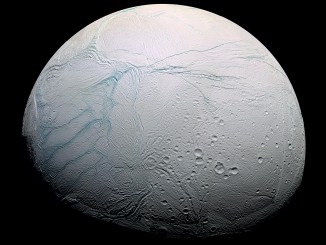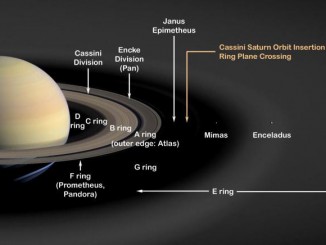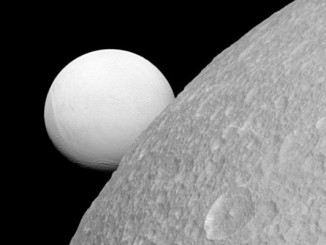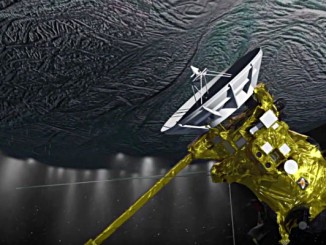
Computer model explains sustained eruptions on Saturn’s moon Enceladus
NASA’s Cassini spacecraft has observed geysers erupting on Saturn’s icy moon Enceladus since 2005, but the process that drives and sustains these eruptions has remained a mystery. Now, scientists have pinpointed a mechanism by which cyclical tidal stresses exerted by Saturn can drive Enceladus’s long-lived eruptions.









